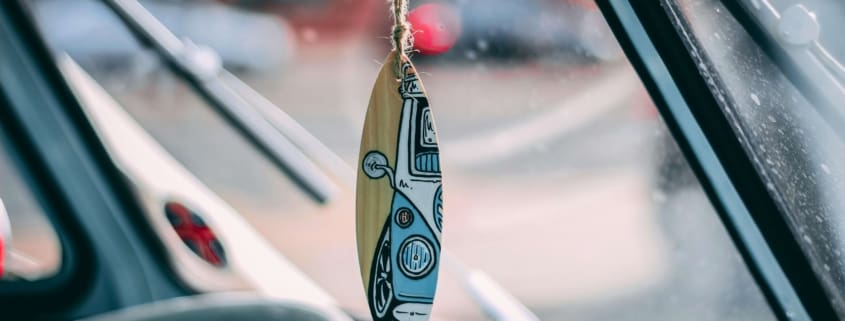Understanding Laminated vs. Tempered Glass in Vehicle Windscreens
Understanding Laminated vs. Tempered Glass in Vehicle Windscreens
Understanding the difference between laminated and tempered glass in vehicle windscreens is essential for appreciating how these materials contribute to road safety. While both types of glass are designed to protect drivers and passengers, they function in different ways and are used in specific areas of a vehicle to maximise safety. For Australian motorists, knowing these differences highlights why windscreen technology is such a vital part of everyday driving.
Laminated glass is the standard material for modern windscreens. It consists of two layers of glass bonded together with a thin plastic interlayer, usually polyvinyl butyral (PVB). This design ensures that if the windscreen is struck, the glass may crack but will remain in one piece, held together by the interlayer. This not only reduces the risk of sharp shards causing injury but also maintains visibility and structural support in the event of an accident. Laminated glass also provides extra benefits such as UV protection, noise reduction, and a stronger barrier against attempted break-ins.
Tempered glass, by contrast, is more commonly used in side and rear windows. It is manufactured by heating glass to a very high temperature and then rapidly cooling it, a process that increases its strength compared to regular glass. When tempered glass breaks, it shatters into small, blunt fragments rather than sharp pieces, reducing the likelihood of severe cuts. However, because it doesn’t stay intact like laminated glass, it isn’t suitable for windscreens where structural integrity and clear visibility are critical.
In practice, most vehicles use laminated glass for the windscreen and tempered glass for other windows, combining the strengths of both materials. For drivers in Australia, this mix ensures protection from debris, accidents, and weather conditions while balancing safety and practicality.
Ultimately, laminated glass keeps the windscreen strong and intact under pressure, while tempered glass provides safety and convenience for other parts of the car. Together, they represent the careful engineering that makes modern vehicles safer on the road.
Overview of Understanding Laminated vs. Tempered Glass in Vehicle Windscreens
Understanding Laminated vs. Tempered Glass in Vehicle Windscreens concerns more than just aesthetics – it affects visibility, structural integrity and roadworthiness. Understanding the basics helps you make informed decisions about when to act.
Key considerations
When addressing understanding laminated vs. tempered glass in vehicle windscreens, there are several factors to keep in mind, from the size and location of damage to legal requirements in Queensland. Professional assessment ensures that repairs or replacements meet safety standards.
Practical tips
- Use quality wiper blades to prevent scratches.
- Inspect your windscreen regularly for chips and cracks.
- Maintain clear visibility by keeping your windscreen clean.
- Keep a safe following distance to reduce debris impact.
- Avoid sudden temperature changes that can stress the glass.
By staying informed about understanding laminated vs. tempered glass in vehicle windscreens, you can preserve your vehicle’s value and keep everyone on the road safer. If you’re ever in doubt, consult a qualified auto-glass technician.



